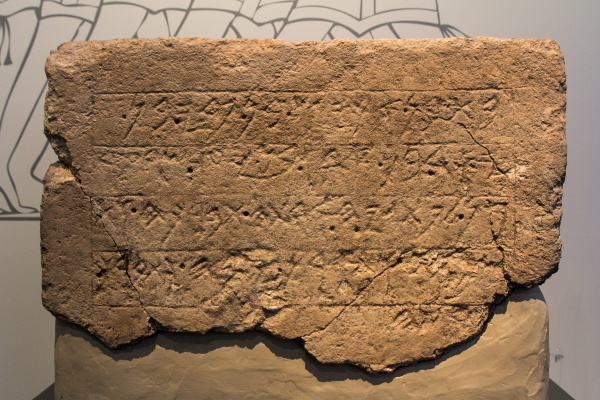Facts About Ekron Royal Dedicatory Inscription
The Ekron Royal Dedicatory Inscription, often referred to as the Ekron inscription or KAI 286, is a fascinating artifact unearthed in 1996 from the ruins of a temple in Ekron. This rectangular limestone block, bearing five lines and 71 characters, mentions the city of Ekron and its rulers, such as Ikausu (Achish) and Padi, who reigned in the late 8th and 7th centuries BCE. Experts date the inscription to the first half of the 7th century BCE, likely around the second quarter of that century.
Regarded as the first comprehensive text identified as "Philistine" the Ekron inscription is written in a Canaanite dialect that closely resembles Phoenician and Old Byblian, presenting a linguistic puzzle for the archaeologists who discovered it. This inscription is crucial for understanding the timeline of events in the late biblical period and offers valuable insights into Philistine history.
The artifact was discovered during excavations at Tel Miqne, conducted by the Albright Institute of Archaeological Research and led by Seymour Gitin and Trude Dothan. It is considered one of the 20th century’s most significant archaeological finds in Israel. The text, written in a Phoenician style, describes the construction of a temple by Achish, son of Padi, and lists five kings of Ekron.
The inscription not only confirms the site's identity but also provides vital information about its rulers and the temple dedicated to the goddess Ptyh. Scholars have debated the identity of Ptyh, with various interpretations based on the inscription's content. Additionally, other artifacts and inscriptions, including dedications to Asherah and symbols related to tithing, were discovered during the Ekron excavations, offering a richer understanding of the site's historical and cultural context.

 Syria
Syria